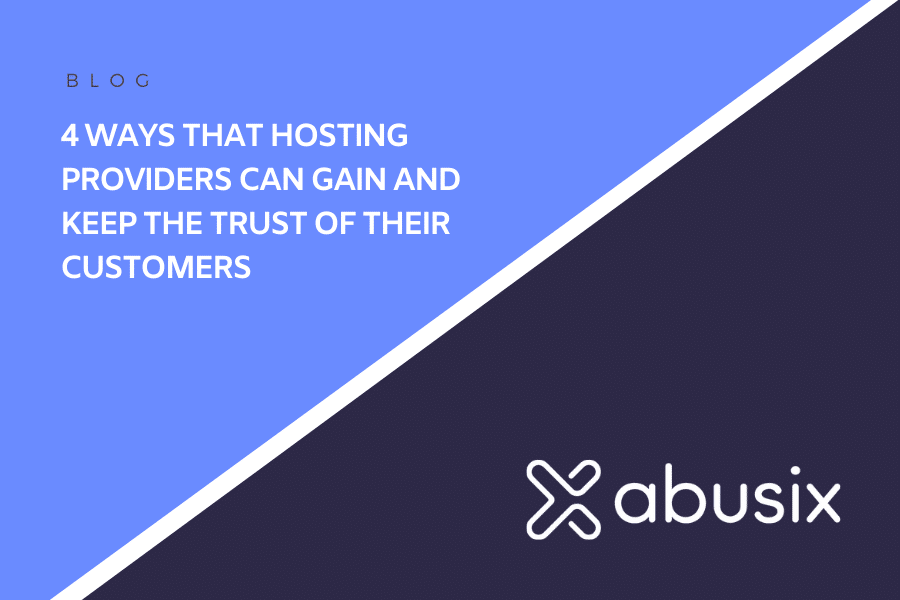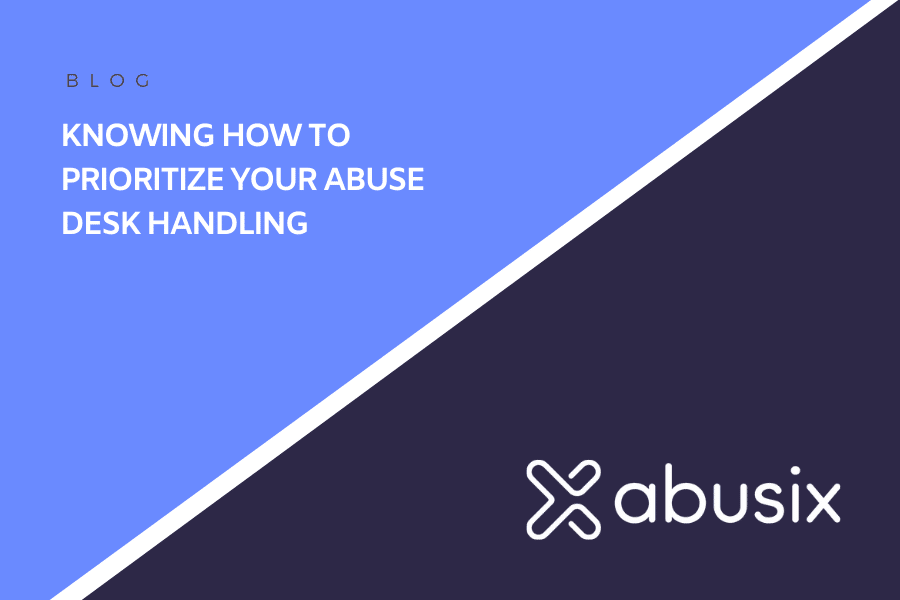A service provider’s success is based on the quality of their service. When clients approach a potential service provider, they look for several key things, including security testing and monitoring, efficient abuse-handling solutions, optimized network speeds, and guaranteed response times. To provide your service provider’s customers with quality service in a competitive marketplace, you need to provide them with the high levels of security and efficiency they are looking for.
How To Interpret Network Abuse Reports Efficiently
Service providers can receive thousands of abuse reports, ranging from severe cybercrime to ongoing spam. Some service providers choose to forward these reports directly to their customers. This can cause a great deal of frustration, as important abuse cases can slip through the cracks and compromise your network. Customers can also receive technical reports containing IT jargon they don’t understand.
To avoid this, service providers should interpret and analyze their network abuse data and ensure the information is in the language their customers can understand before they send it to them. This data can arrive from a wide variety of sources including:
- The Standardized Low Volume Reporter: This type of abuse reporter supplies data that’s not usually seen on a daily basis, including highly illegal activities like child exploitation and terrorism. When an abuse team receives these types of reports, it’s important that they take the time to handle them with great care and coordinate with the appropriate legal department and law enforcement. Every effort must be made to ensure tasks are performed according to regulated procedures and that no mistakes are made.
- The Standardized Mass Reporter: This type of reporter typically supplies huge volumes of data that provide a good overall view of your network activity. These types of reporters typically use a standardized format that’s easily parsable and can be automated and actioned immediately.
- The Low Non-Standardized Volume Reporter: These are usually reports from a private person and typically arrive in a format that cannot be parsed automatically.
See also: Three Key Features For Correctly Prioritizing Your Inbound Abuse Reports
No matter what the source of the abuse report, your team needs to be able to interpret the information quickly to identify high-priority reports that need immediate action.
One way to simplify this process is to encourage your reporters to submit their reports in a machine-parsable format. This will ensure your abuse team receives the relevant data they need to make an assessment. If your abuse team receives high- or medium-volume reports coming from a reporter that is not in a machine-parsable format, let that reporter know they should switch to a machine-parsable format like XARF. XARF has become the M3AAWG (Messaging Malware Mobile Anti-Abuse Working Group) best practice.
Once your abuse team has interpreted and parsed the data, they can move onto the process of handling the abuse and communicating with the customer.
Communicate With Your Customers In Terms They Understand
If your abuse report detects that there are issues with a client’s computer, or that they are using outdated software which might be vulnerable to abuse, you need to communicate this to them in terms they understand. There’s no point sending them cryptic, highly technical abuse reports containing terms they are unable to interpret or address.
To help your clients remediate the abuse in their system, it’s important to educate them. Education and communication will actively fight the spread of network abuse, resulting in a cleaner network and happier customers. Proactively promoting abuse handling and prevention solutions like antivirus software will also increase your perceived value and differentiate you from your competitors.
See also: Developing Your Abuse Handling Solution: Build or Buy?
How To Stay On Top Of Network Abuse
Protecting your network from abuse is an on-going task for even the most vigilant abuse desk team. To help teams gain clarity and take faster action, AbuseHQ from Abusix integrates everything into existing infrastructures and provides an abuse report with the insights you need to identify and shut down network abuse at its source. To find out more about how AbuseHQ can help abuse desks perform at their best, talk to our team to arrange a demo or trial.




